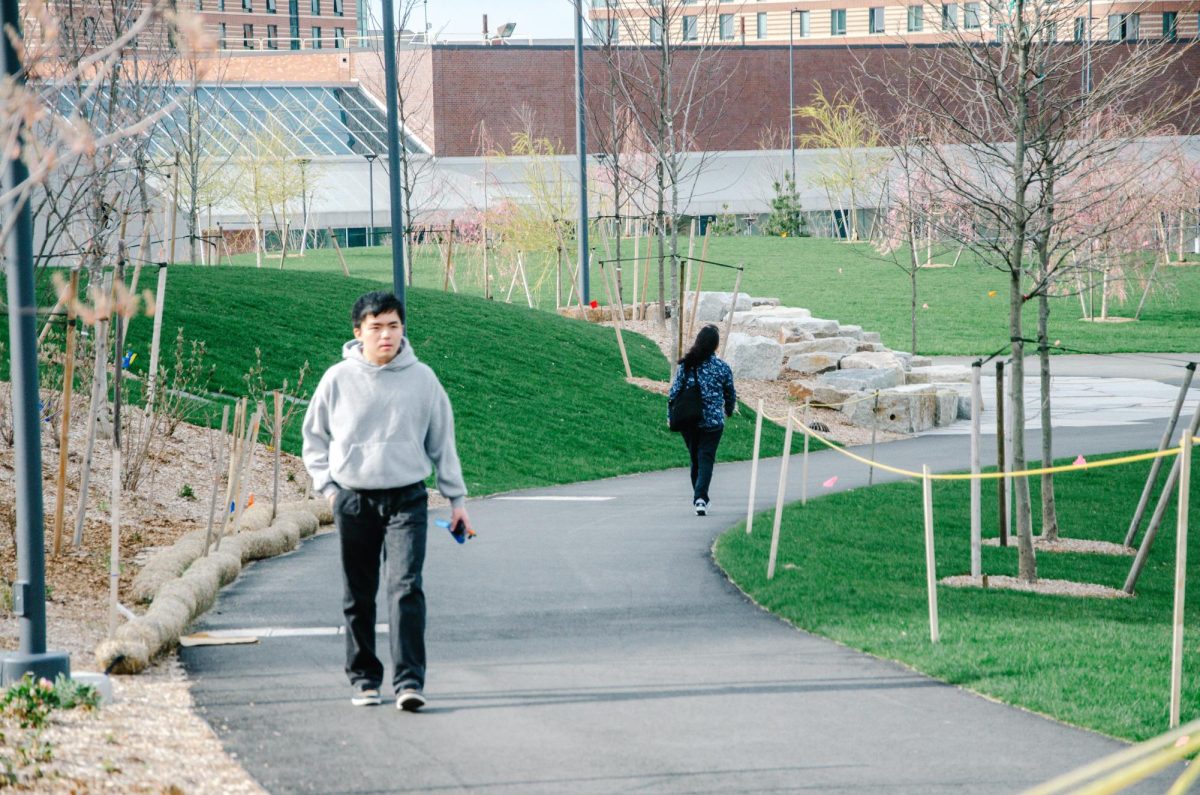The leaves have started changing colors, painting a beautiful picture on our landscapes. When I stare at these trees and take photos, I’m thankful that I live in a place where our connection with nature feels familiar.
One of the biggest things I love about Boston is that nature doesn’t ever feel too far away. And this is actually on purpose! This city prides itself on allowing its citizens to have access to green spaces like parks. In fact, the Trust for Public Land gave Boston a 10/10 rating for “Access” due to the fact that every resident is only about a 10-minute walk from a nearby park.
I’ve been to a few different states, and every time I come back home, I appreciate Boston so much more. I find that a lot of places have a disproportional balance of city-to-nature, often having too much urban infrastructure and not enough greenery. New York City was an example of this, where I felt like I saw one tree every four blocks.
Boston is great at having a balance, and I feel like we can see a small example of this even on our own campus. There’s been the recent addition of the Quad, and it’s been nice to have that space since students clearly like the trees and lawn. In the warmer months, I saw students sitting outside and enjoying the outdoors constantly.
Even University Hall has a gorgeous view of the water and forestry behind it. I love seeing people just sitting on the benches and enjoying the sight — but honestly, I think the older buildings can definitely use some updating.
Buildings like Wheatley and McCormack Hall are very outdated, with the rooms and carpets just being a bit of an eyesore. This is why I think a good improvement would be bringing in biophilic elements, or finding a way to incorporate more natural light and plants into the space.
When you look around campus, you’ll see that the most populated seating areas are those that have large windows which allow in lots of natural light. The lobbies in Wheatley and McCormack highlight the need that campuses have for more spaces that incorporate outdoor elements.
Areas on campus that naturally have the most sunlight seem to pull in students. I see more productivity in those spaces than in classrooms with artificial lighting. A college campus thrives when all students can enjoy the environment and any views.
It’s been consistently proven that natural sunlight can improve people’s quality of life. According to UCLA Health, they discovered that when working in an area without natural sunlight, symptoms such as “poor sleep, low mood and depression” can be common. On a university campus, it should be a priority to avoid these exact issues, since college students are already at a heightened risk for depression.
The college experience involves our surroundings, and it’s important to think of how our campus can improve the well-being and mental health of its students. Students should be supported to have the best chances at success, and I believe our campus can improve on incorporating natural elements into some of our older buildings, if a complete renovation is not realistic.
Humans are creatures meant to be connected with nature, and research from TIME shows the benefits of more natural elements, like being near plants, actually can decrease blood pressure. On a college campus where stress levels are already high, improving our surroundings can prove to be for the greater good.
UMass Boston does have a great campus, with great views and expansive outdoor space. We thankfully do have a good amount of urbanism, but knowing how important it is makes me realize how much more can be done. As students, we deserve a space that we enjoy.
This article appeared in print on Page 12 of Vol. LVIII Issue VI, published Nov. 4, 2024.


